Does this photo confirm an early release for the Surface Duo?
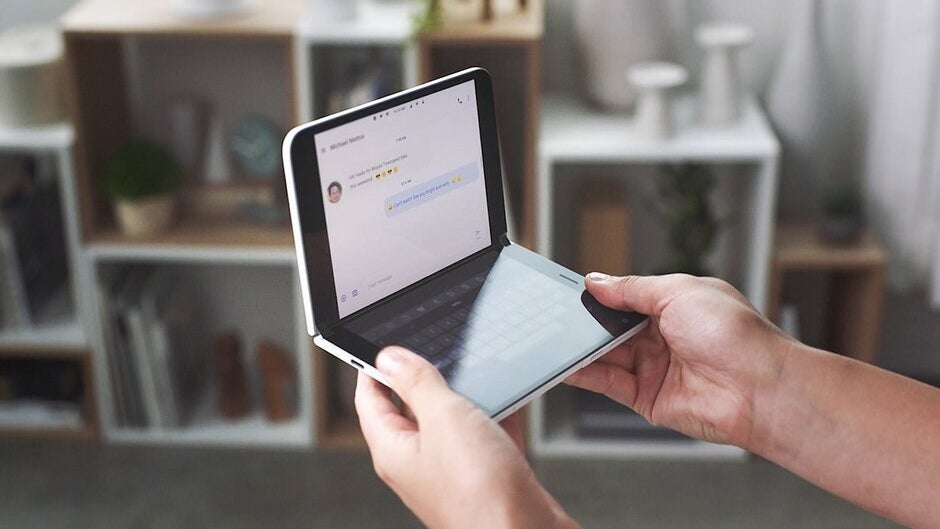
Not exactly a foldable device, the dual-screen Microsoft Surface Duo has still captured the attention of consumers. The device is equipped with a pair of 5.6-inch screens each sporting a resolution of 1350 x 1800. When the screens are opened side-by-side, the two separate screens create an 8.3-inch tablet-sized display. A highly visible vertical border lies between the screens. When closed, the Duo can slip into a pocket.
The Surface Duo is not going to support 5G wireless connectivity
The last time we visited the Surface Duo, the exciting news was that the device could be launched much earlier than expected. Last October, Microsoft let the world know that this device was real and would be ready in time for the 2020 holiday shopping season. But last month, sources "familiar with the matter," said that Microsoft had completed the creation of the software and hardware and would be finished with the necessary software optimizations by next month. As a result, the Surface Duo could be available earlier than expected. We could see the device officially introduced this summer at the same time that the software giant makes the Surface Go 2 tablet official. It is possible that Microsoft will limit an early release of the Duo to developers and enthusiasts in order to get some useful feedback.
At the beginning of the year, Microsoft CEO Satya Nadella was photographed with the Surface Duo in his hands. Today, the Duo shows up in another photograph. According to MyDrivers, Microsoft has been instructing some employees to work from home. So Frank Shaw, the company's senior director, took a photo of his home office and at the bottom left side of the image, you'll find the Microsoft Surface Duo. If we were to put an overly optimistic spin on this picture, we could say that it proves that the device will be ready for an earlier release than previously expected. However, Shaw is a senior director after all and could easily have access to pre-production prototypes. And we can't tell whether the device is ready to be launched merely by looking at its exterior.
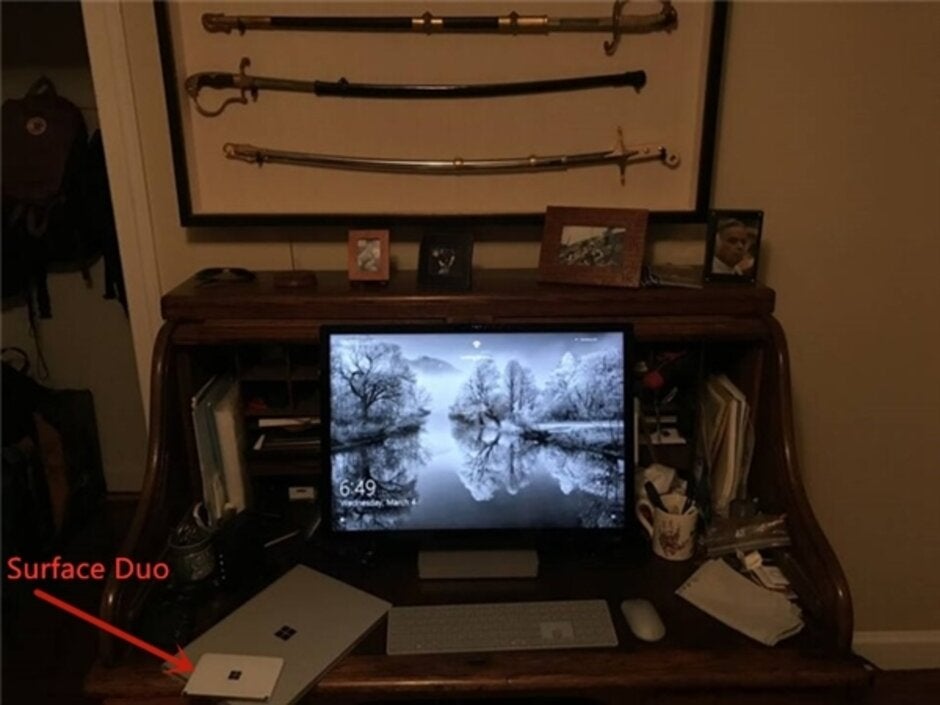
Microsoft's Senior Director has a Surface Duo at home. Does this mean that the device is ready for an earlier than expected release?
Rumored specs for the Surface Duo include the use of Qualcomm's last-generation Snapdragon 855 Mobile Platform. Using last year's flagship chipset could save Microsoft some money which would allow it to be more flexible with its pricing. The configuration of the basic model is expected to weigh in at 6GB of memory and 64GB of storage although we could see different configurations made available as well. It does not appear that the Surface Duo will be enabled for 5G connectivity.
Microsoft sees the Duo as more than just a pocketable phone that can deliver a tablet-sized screen. The Duo is considered to be a productivity tool and with versions of the Office Suite customized for the dual screens, the device could find success in the business world. Toward that end, the device will come with a Surface Pen. Oh, did we mention that the Duo will be powered by Android? It is the first Microsoft phone to run on Google's open-source mobile operating system and there will be no app gap here. Microsoft has been working with Google on special versions of the latter's Android apps made for the two displays.
Originally, the Surface Duo was supposed to launch in 2018 powered by Windows. Throughout 2017-2018, Microsoft was filing patents for the dual-screen phone left and right and renders of the device that made the rounds back then look pretty close to the Duo that Microsoft showed the public in October. One patent revealed that sensors on the Duo's hinge will be able to read the orientation of the two screens allowing the UI to adjust accordingly. For example, with the two displays forming an inverted "V," the Duo can be placed on a nightstand as the screen automatically shows a UI that includes an alarm clock.
While not as technologically advanced as the Samsung Galaxy Fold, Samsung Galaxy Z Flip, Motorola razr and the Huawei Mate X, there seems to be plenty of buzz following the Surface Duo.
Follow us on Google News


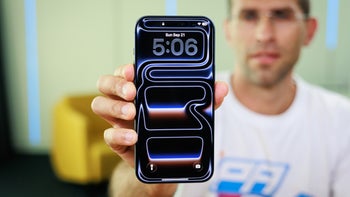
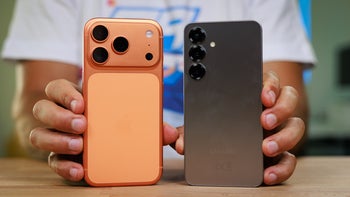
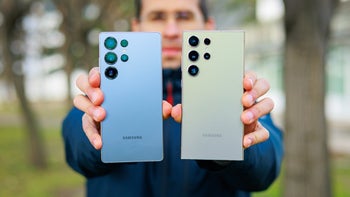
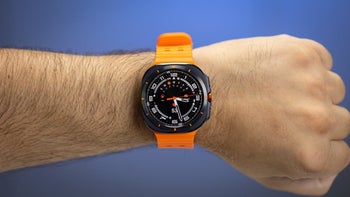
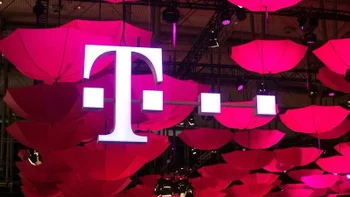
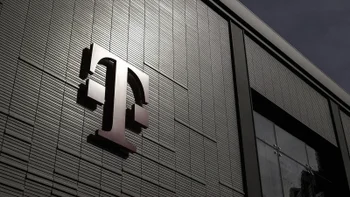

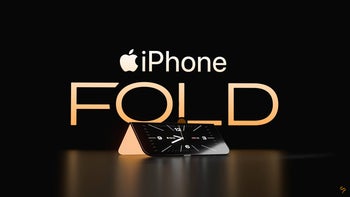
![A new Android bug is making it impossible to install new apps. Are you affected? [UPDATE]](https://m-cdn.phonearena.com/images/article/176703-wide-two_350/A-new-Android-bug-is-making-it-impossible-to-install-new-apps.-Are-you-affected-UPDATE.webp)
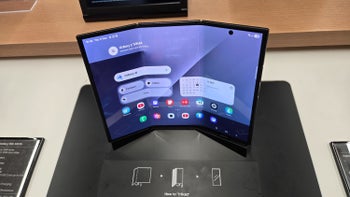
Things that are NOT allowed:
To help keep our community safe and free from spam, we apply temporary limits to newly created accounts: